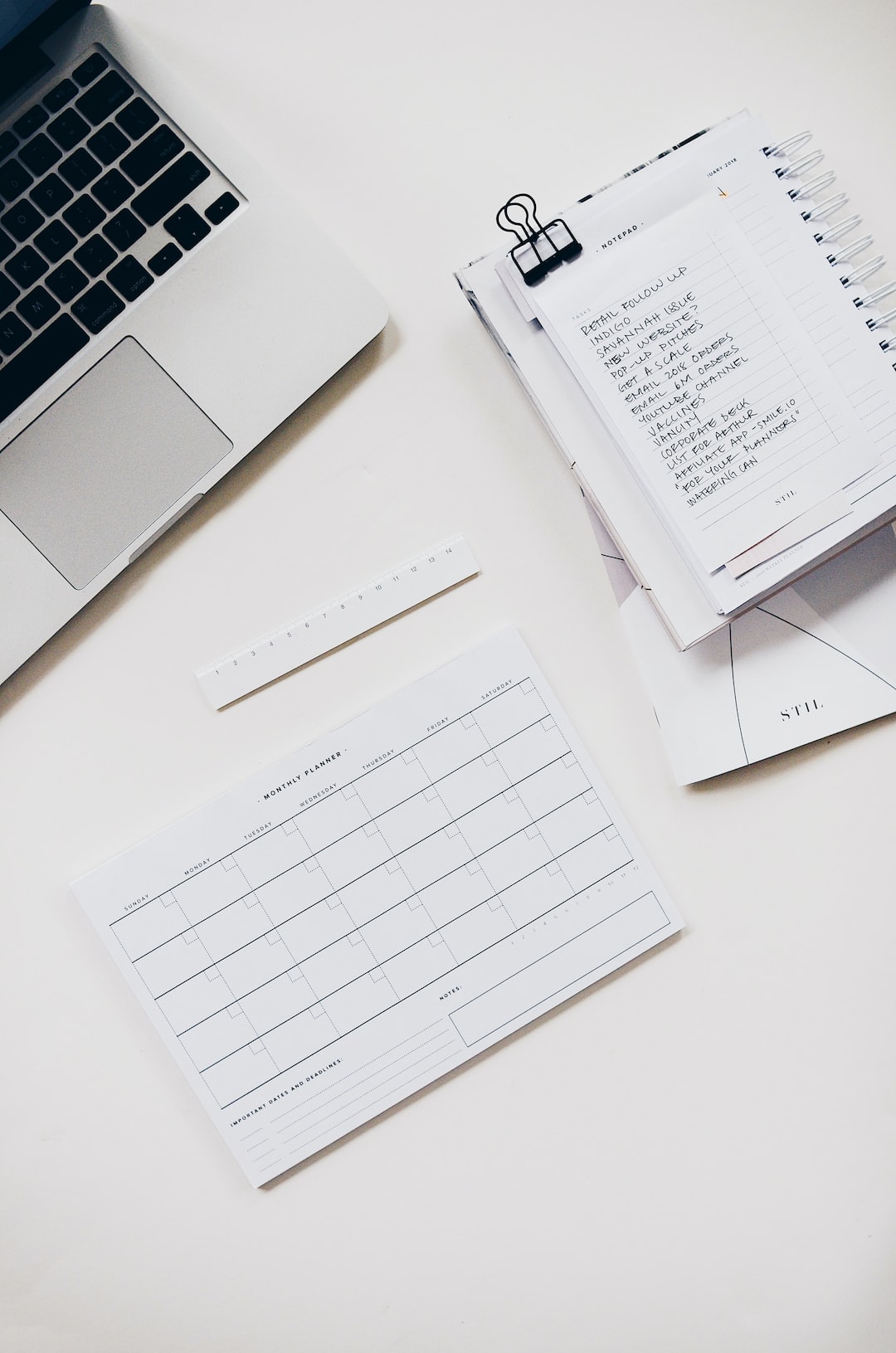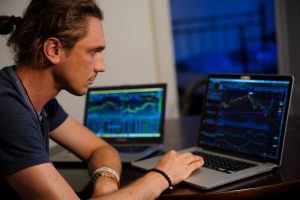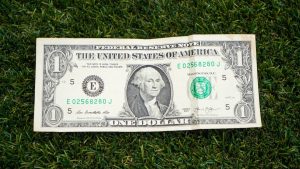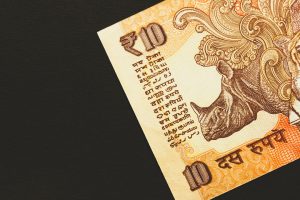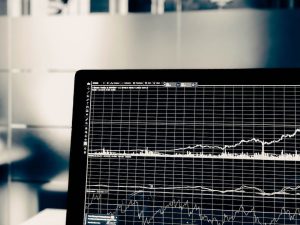Forex trading has become one of the most popular ways for banks to make profits. The foreign exchange market, also known as the forex market, is the largest financial market in the world. It is estimated that over $5 trillion is traded daily in the forex market. Banks are major players in the forex market, accounting for a significant portion of the trading volume. In this article, we will explore how banks trade forex.
Firstly, it is important to understand that banks do not trade forex in the same way as retail traders. Banks have access to a much larger pool of funds and have the ability to move the market with their trades. They also have access to a variety of trading strategies and tools that are not available to retail traders.
Banks trade forex for a number of reasons. Firstly, they trade forex to facilitate international trade. When a company wants to import goods from another country, they need to pay for these goods in the currency of that country. Banks act as middlemen, buying and selling currencies on behalf of their clients to facilitate these transactions.
Secondly, banks trade forex to hedge against currency risks. For example, if a bank has a loan denominated in a foreign currency, they may want to hedge against the risk of that currency depreciating. They can do this by taking an opposite position in the forex market, effectively locking in a rate for the currency they are exposed to.
Thirdly, banks trade forex to make profits. Banks have access to a vast amount of market data and analysis, which allows them to make informed trading decisions. They also have access to a variety of trading strategies, including algorithmic trading, which allows them to execute trades at lightning-fast speeds.
Banks trade forex in a number of different ways. One of the most common ways is through spot transactions. In a spot transaction, two parties agree to exchange currencies at the current market rate. Banks will often act as intermediaries in these transactions, buying and selling currencies on behalf of their clients.
Another way that banks trade forex is through forwards contracts. In a forwards contract, two parties agree to exchange currencies at a predetermined rate at a future date. Banks use forwards contracts to hedge against currency risks, as well as to speculate on future currency movements.
Banks also trade forex through options contracts. In an options contract, the buyer has the right, but not the obligation, to buy or sell a currency at a predetermined rate at a future date. Banks use options contracts to hedge against currency risks, as well as to make profits from currency speculation.
Banks also use a variety of trading strategies to trade forex. One of the most common strategies is carry trading. In carry trading, a bank will borrow money in a currency with a low interest rate and invest it in a currency with a higher interest rate. This allows the bank to make a profit from the interest rate differential.
Another common strategy used by banks is trend following. In trend following, a bank will look for trends in the forex market and enter trades in the direction of the trend. This strategy can be very profitable if the bank is able to identify a trend early on and ride it to its conclusion.
In conclusion, banks trade forex for a variety of reasons, including facilitating international trade, hedging against currency risks, and making profits. They use a variety of trading instruments, including spot transactions, forwards contracts, and options contracts. They also use a variety of trading strategies, including carry trading and trend following. Banks are major players in the forex market, and their trades can have a significant impact on currency prices.

